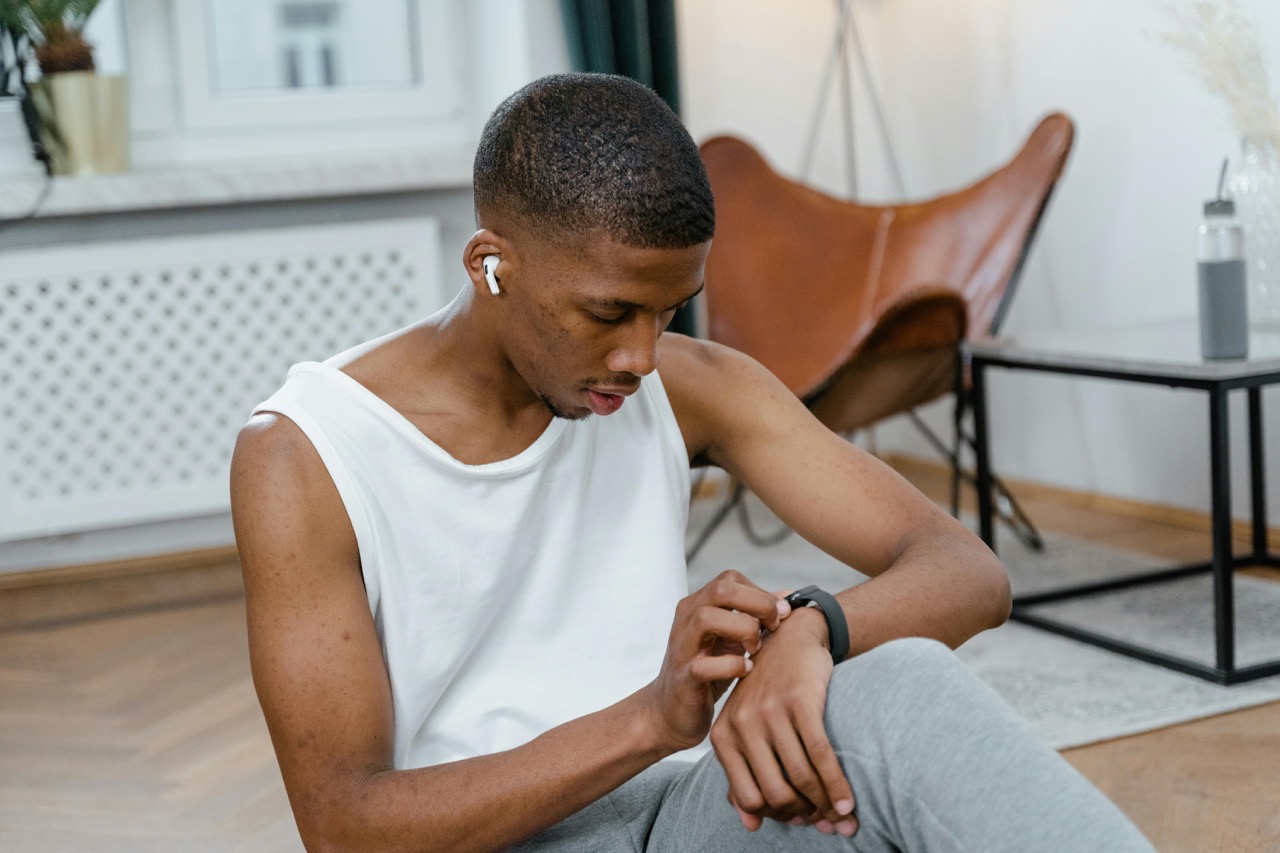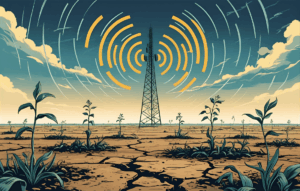
EMF and Its Adverse Effects on Health and Recovery
There is substantial evidence suggesting that EMF exposure can adversely affect various aspects of health and recovery. Human-made EMFs are significantly more disruptive to biological processes than natural EMFs. Prolonged exposure can over-activate Voltage-Gated Calcium Channels in cells, leading to various health issues that indirectly impair athletic performance and recovery.
Moreover, EMF exposure has been linked to altered hormone secretion, reduced vitamin availability, and sleep disruption. Vitamins crucial for recovery, such as Vitamin C, B vitamins, CoQ10, and Omega 3s, can be affected by the increased free radicals due to EMF radiation. Poor sleep quality, a consequence of EMF exposure, can lead to weight gain, decreased motivation, impaired metabolism, and a higher risk of obesity, all detrimental to an athlete’s performance and recovery.
Additionally, the following results from electromagnetic radiation has been shown to negatively affect athletes:
Cellular Stress and Compromised Recovery: EMFs can trigger stress responses at the cellular level, hindering cellular communication and signaling. This disruption can lead to cellular malfunction, negatively affecting the body’s recovery processes vital for athletes needing quick recovery for optimal performance.
Inflammation and Oxidative Harm: Prolonged exposure to EMFs is associated with increased inflammation and free radical production. These free radicals can damage healthy cells, leading to oxidative harm that affects cell structure and function. Such damage is a concern for athletes as it can slow recovery, accelerate aging, and weaken immune function.
Neurological and Mental Health Effects: EMF exposure can adversely affect cognitive functions, including memory and focus, and disrupt sleep patterns by interfering with melatonin production. The resultant stress, anxiety, and mood disturbances from EMF exposure can further impact an athlete’s mental acuity and overall performance.
Hormonal Disruption: EMFs can disturb the balance of essential hormones like cortisol. Elevated cortisol levels can impede recovery and hinder the body’s capacity to adapt to stress. Imbalances in hormones like testosterone and estrogen may also occur, affecting muscle mass, bone health, and energy levels.
Energy Levels and Endurance: There is a link between EMF exposure and mitochondrial dysfunction, which plays a critical role in cellular energy production. This can result in decreased endurance, lower energy levels, chronic fatigue, and reduced athletic performance.
Immune Function and Overtraining Syndrome: EMFs might suppress the immune system, increasing athletes’ susceptibility to infections and illnesses. This suppression can contribute to overtraining syndrome, characterized by continuous fatigue, reduced performance, and a higher risk of injuries.
Real-Life Applications: EMF in Training and Competitions
Many professional sports teams and athletes are now actively managing EMF exposure. Interviews and case studies with coaches and athletes reveal a varied approach to EMF, ranging from using EMF-reducing technologies to adjusting training environments. Aires Tech, for instance, has developed devices specifically geared towards minimizing EMF exposure for athletes, both during training and in their personal lives.
EMF Reduction Techniques for Athletes
Given the potential negative impacts of EMF, athletes and their support teams must consider ways to mitigate exposure. This could involve limiting the use of electronic devices to improve sleep quality and overall recovery and awareness and education about the sources of EMF and their impact on health can empower athletes to make informed decisions regarding their exposure.
Top athletes like ex-NFL star Tiki Barber trust Aires Tech for EMF protection. It’s a game-changer for health and safety:
“Aires Tech’s groundbreaking technology mitigates the harmful effects of radiation by harmonizing these frequencies with our biological DNA. Their technology draws in the electromagnetic radiation, processes it, and then creates a wave that helps cancel out the harmful EMF. Live, work, and play with peace of mind from Aires Tech.”

Balancing Technology and Health in Sports
Athletes today face the challenge of integrating technology into their training while safeguarding their health against potential EMF-related risks. Tips for mindful tech usage, especially before sleep, can help optimize recovery. The future of sports technology seems inextricably linked with EMF, making this balance increasingly important.
Conclusion: Striving for Athletic Excellence in the EMF Era
In conclusion, EMF’s role in sports performance and recovery is multifaceted. Athletes and coaches must continue to explore and understand EMF’s impact while utilizing technology to enhance performance without compromising health. As we move to the next day of “12 Days of Techmas,” let’s carry forward the lessons learned today for a more informed approach to technology in sports.













